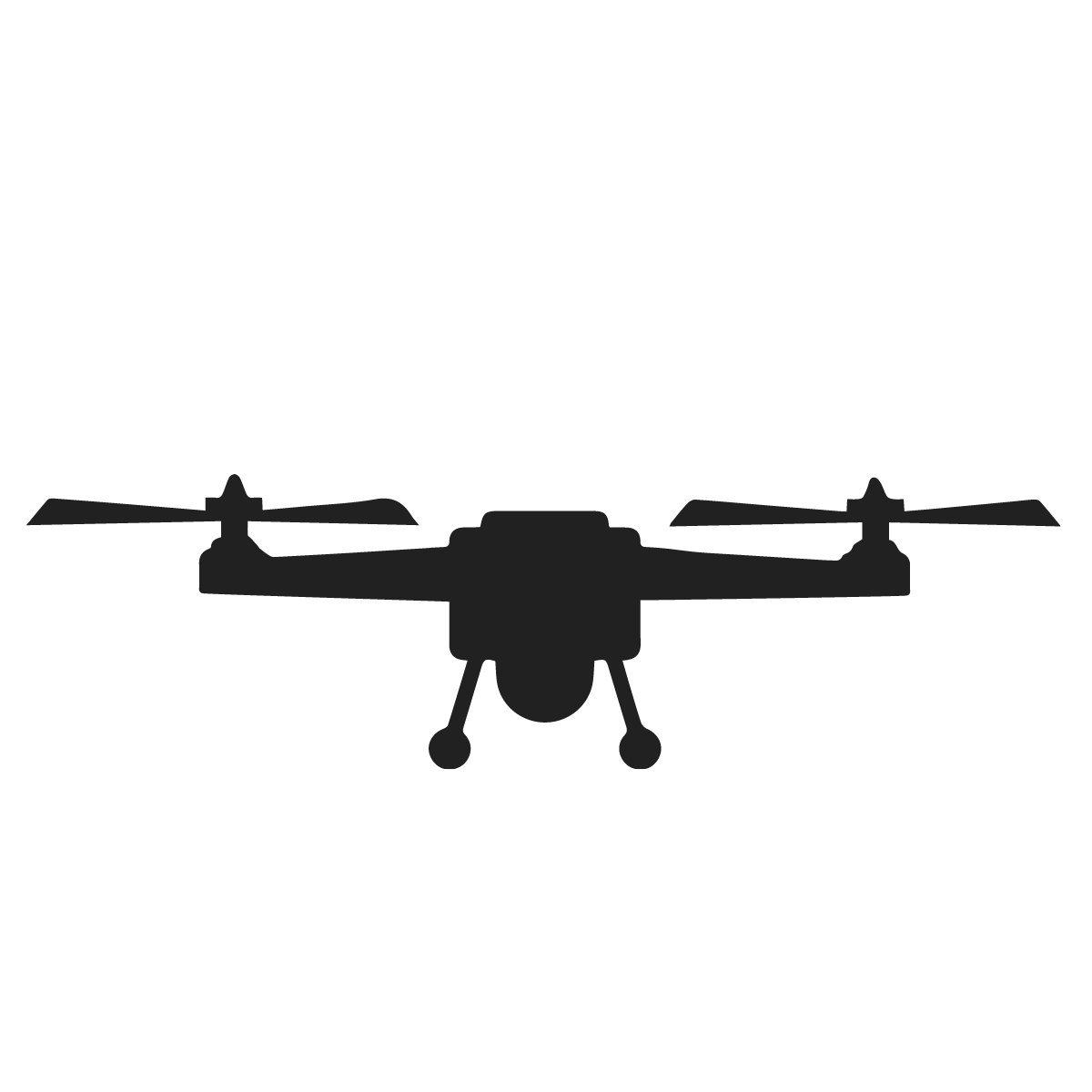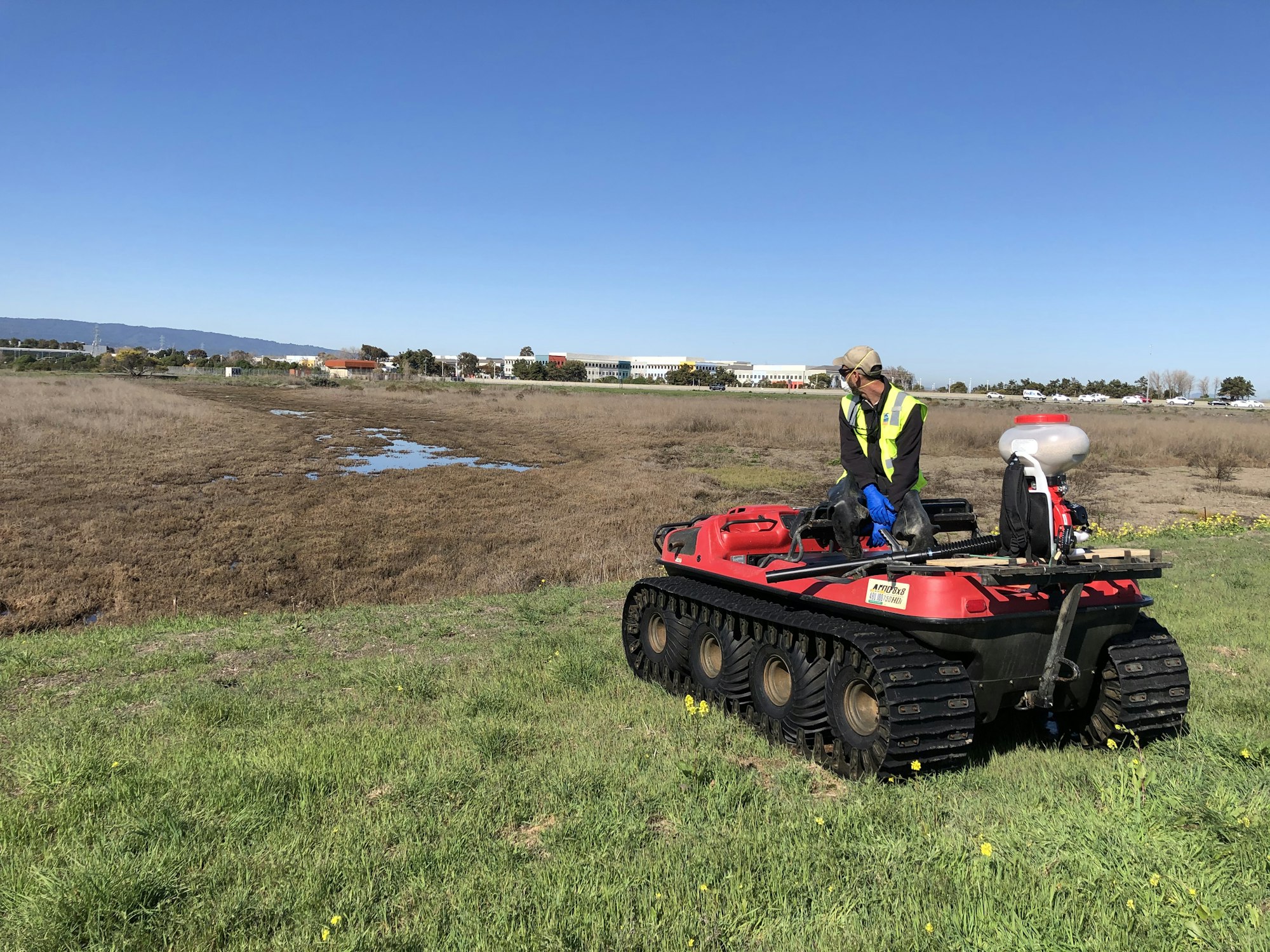Unmanned Aerial System

In 2021, the District started the process to use unmanned aerial systems (UAS, also called drones) in our mosquito control efforts. The use of drones in our work will allow us to have a lower impact in sensitive areas like marshes and impounds.
Many other mosquito control districts throughout the country have already added drones to their control programs, although the exact process can vary from area to area. As technology evolves, our staff continue to stay abreast of changes in laws and regulations as we work to use this technology in an effective and responsible way.

How will the District use drone technology in mosquito control work?
We will NOT be using the drone in areas with houses; we will not fly the drone over houses. The drone will be used to replace the work we have historically done with Argos. Although Argos are a critical tool for treating large marshy areas, we are working to further minimize our impact on the environment. For more information about the District's drone use, please see Policy 4000 in our District Policy Manual.
What did the process look like?
First, three staff studied and passed the Part 107 Knowledge Test. The exam included questions about airspace operating requirements, emergency procedures, and other related topics (see example questions HERE). All three staff were then certified as remote pilots to pilot drones weighing less than 55 pounds under FAA Part 107.
After exploring several options, the District purchased two drones. The smaller drone is used for 3-D mapping to determine where low-lying areas might result in standing water where mosquitoes can breed. This allows us to precision-apply larvicides to areas based on where exactly the standing water exists. A larger drone is used for carrying and applying mosquito control treatments to the area after the area is precisely mapped.
In order to use the larger drone for mosquito control treatments, District staff prepared and submitted a Certificate of Authorization (COA) to FAA that would allow our public agency to fly a drone weighing over 55 pounds. This COA is essential to our work in larger areas, like marshes and seasonal impounds. A larger drone means more mosquito larvicide can be loaded, and the treatment application can be completed more efficiently, with fewer stops to refill the larvicide.
Because we are using the drone to apply pesticides, staff also had to take an exam for an Unmanned Pest Control Aircraft Pilot Certificate from the California Department of Pesticide Regulation, and the District is registered with the San Mateo County Department of Agriculture.
Before each flight, our remote pilots do a series of safety checks on the drone, file a NOTAM, and, depending on the location, may also call the relevant air control tower or local police department for situational awareness.

Page last reviewed: July 10, 2024
